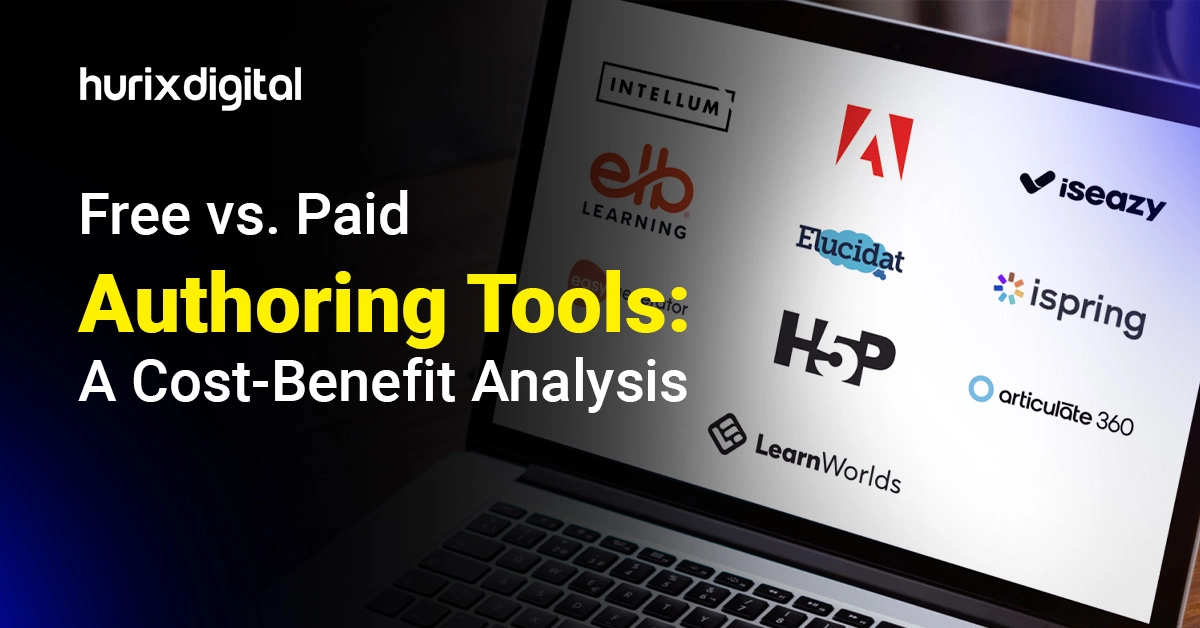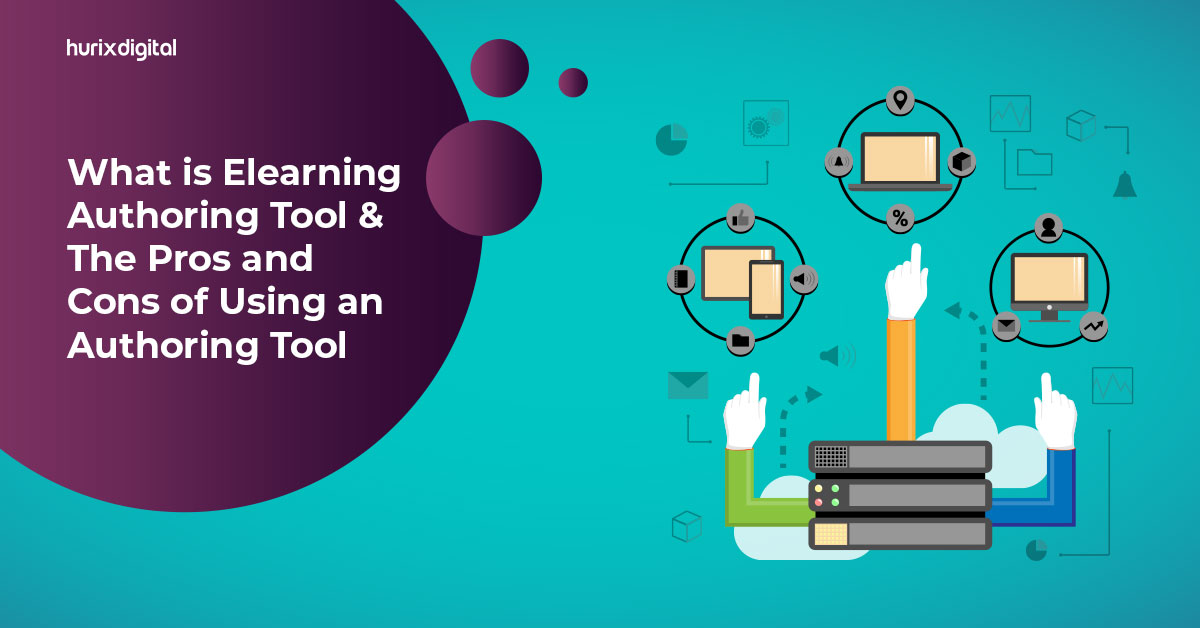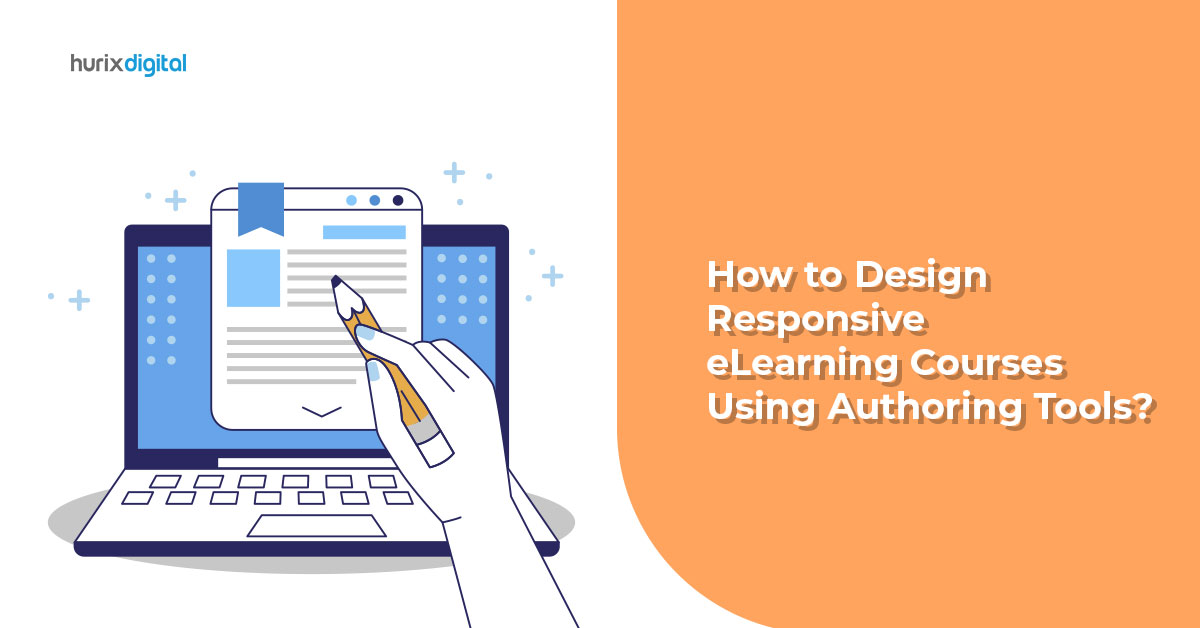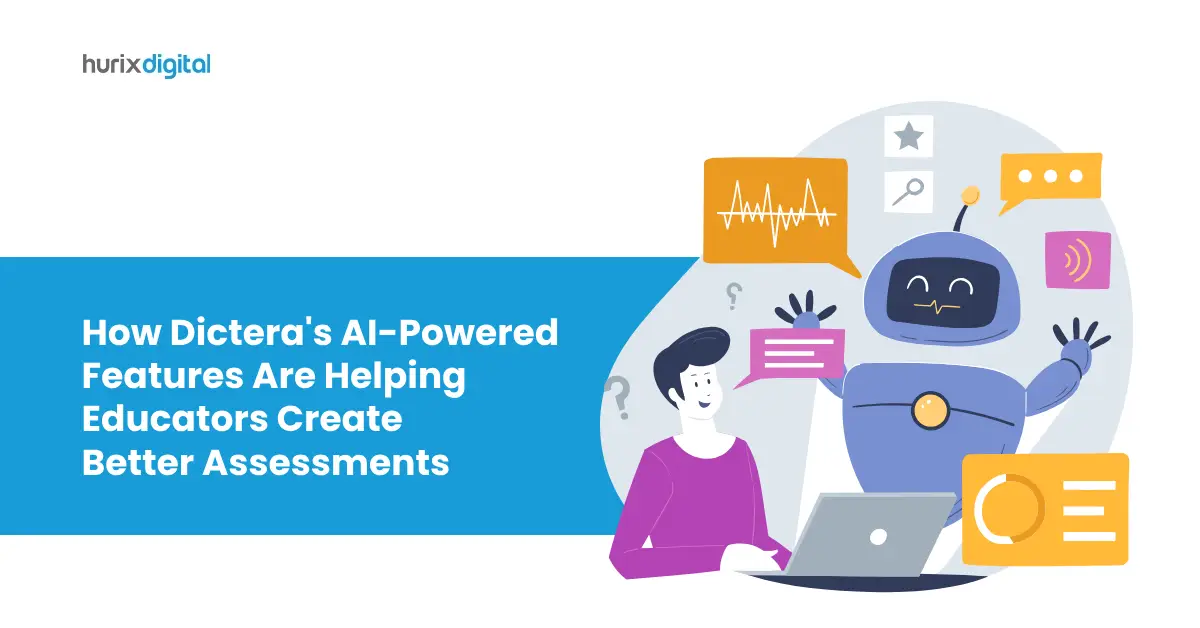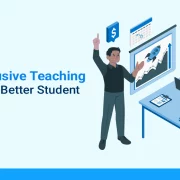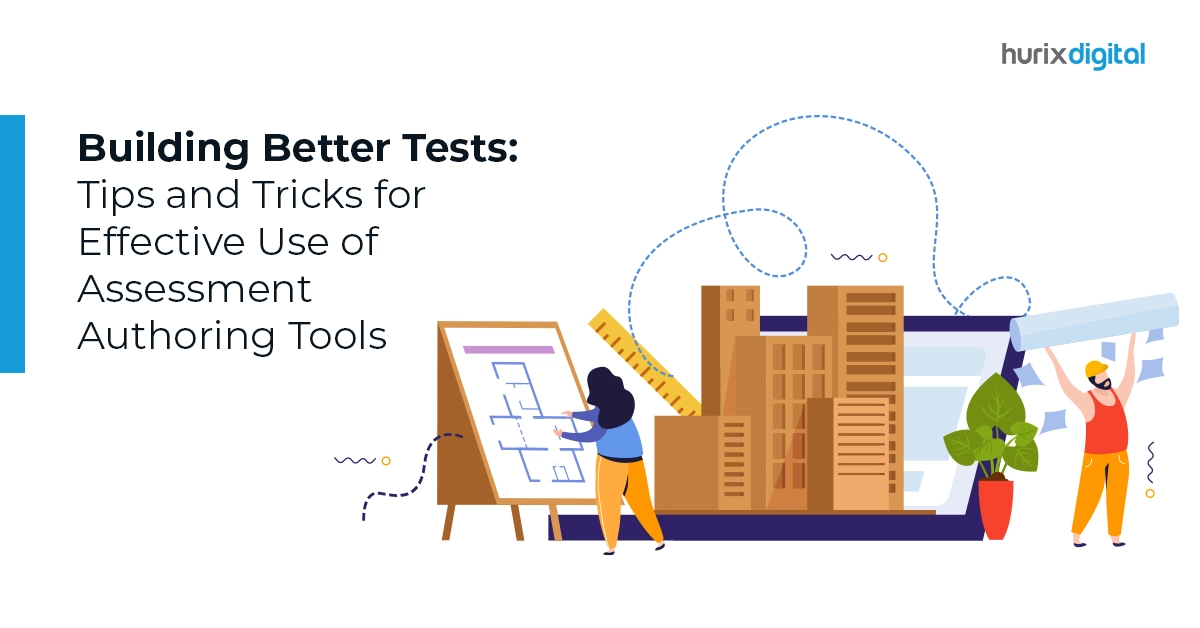
Building Better Tests: Tips and Tricks for Effective Use of Assessment Authoring Tools
Summary
Learn six tips for using assessment authoring tools effectively. This blog offers practical advice for creating assessments that accurately measure learning outcomes.
Assessments today have much broader implications than simply being a tool to judge learner progress.
Unlike earlier when assessments were simply the tests that students fret about, today they serve as powerful tools to evaluate how well your learners are mastering the material you’re covering in class.
To make the process of assessment creation easier, there are several assessment authoring tools available in the market. They empower both educators and instructional designers to create engaging, interactive, and customized learning materials much more efficiently.
This, in turn, leads to enhanced learner experiences and better learning outcomes, thus improving the efficacy of the overall assessment process and also ensuring fair evaluation of learner’s knowledge.
In this post, we will discuss the features of assessment tools for teachers and outline top tips and strategies to make effective assessments.
Table of Contents:
Six Tips and Tricks for Effective Use of Assessment Authoring Tools
If you are looking to create meaningful and targeted assessments using authoring tools, here are some tips and strategies to make the process simpler.
1. Align Your Assessments with Objectives
The very first step in designing online assessments using eLearning authoring tools is to ensure that they are in complete alignment with the learning objectives of your course.
This helps you describe clearly what learners should be able to do or know by the end of the course.
Apart from this, aligning your assessments with the objectives also gives you the basis for choosing the appropriate assessment methods, tools, and criteria.
For example, if your learning objective is to develop critical thinking skills, the best form of assessment to use are case studies, open-ended questions, or peer reviews.
2. Pick Appropriate Assessment Methods
Another important thing to keep in mind while using online assessment tools is picking the right assessment methods that best suit your specific objectives, content, and context.
- There are multiple different types of online assessment methods that you can use. These include quizzes, portfolios, presentations, essays, simulations, or games.
- Depending on the purpose and format, each of these methods has its advantages and disadvantages. For instance, it is best to use quizzes for testing factual knowledge and offering immediate feedback.
Alternatively, you should also consider the balance between formative and summative assessments, which have very different roles and functions in the learning process.
Also Read: How Dictera’s AI-Powered Features Are Helping Educators Create Better Assessments?
3. Use Clear and Concise Language to Avoid Ambiguity
When it comes to assessment creation using digital assessment tools, they generally have three key components:
- Questions: When designing assessments, questions should focus mainly on the key element of the overall learning objective. Make sure to keep questions aligned with the context of the content that you are covering in the course.
- Options: Options are nothing but the possible answers to help you evaluate a specific learning outcome. It is important to avoid lengthy and repetitive phrases while framing the options in the assessments.
- Feedback: Feedback should be given consistently and not just towards the end of an eLearning course. The key here is to include clear, concise, and meaningful feedback that helps students learn at the end of every module.
Additionally, keep in mind that it is not always mandatory to make assessments challenging.
Instead, focus on making your assessment appropriate for your learners keeping the main purpose of testing and enhancing the learner’s knowledge in mind.
4. Identify and Avoid Bias
Since assessments are an important tool for assessing learner progress, it is essential to ensure that they are relevant, authentic, and targeted. This means ensuring to check for any kind of biases that may affect students’ overall performance.
The key here is to make sure that an assessment is designed in parts that specifically test targeted skills without any bias. For instance, the most common types of bias while making assessments are those that by default assume knowledge other than the specific skill being tested.
To combat biases in assessments, prioritize designing tasks that directly measure the intended skills, promoting fair and objective evaluation.
5. Modify Your Instructional Strategies
Choosing the appropriate instructional strategy helps you determine the effectiveness of the assessment and the overall course.
This makes it essential for the teacher to give clear instructions and be open to modifying the instructional strategy as and when required.
- Incorporating gamification in your assessments is one strategy that can work great to engage learners while also allowing them to have fun and develop their skills.
- Flipped classroom and blended learning are two other effective instructional strategies that you can use here.
Modifying and experimenting with instructional strategies can be of great help to cater to the specific learning needs of the students and render better performance results in the assessments.
6. Analyze the Results
Using good assessment authoring software offers more meaningful learning assessment opportunities that put the individual learner at the center stage. It also allows you to focus on personalized paths and learning outcomes.
Further, you can use the same assessments to gain valuable analytics for your organization, making it important to analyze the results of your assessments.
Whether you prefer to gather assessment results through your LMS or make use of surveys and team feedback, it is critical to make the assessments more meaningful and personal to each learner.
This can give you valuable data for designing better courses in the future.
Also Read: AI in the Classroom: How Assessment Generators Help Teachers Craft Better Tests in 2024!
In Conclusion
When done well, assessments can become an integral part of the overall learning process. However, the assessment itself should not be considered as the end point of the course.
Likewise, assessments, when created strategically, can be a great tool for comprehensive analysis of the teaching and learning that is happening and determine where there is a disconnect in that process.
Other than the tips and strategies mentioned above you can also use powerful eLearning authoring software like Dictera from Hurix Digital to create assessments in a few simple steps.
Apart from streamlining and scaling your content creation process, the Dictera assessment authoring tool also automates intelligent assessment creation.
This helps you capture valuable data, and collaborate seamlessly in real-time, to be able to build better assessments with minimal effort. If you want help doing so, connect with us now!

Vice President – Digital Content Transformation. He is PMP, CSM, and CPACC certified and has 20+ years of experience in Project Management, Delivery Management, and managing the Offshore Development Centre (ODC).
